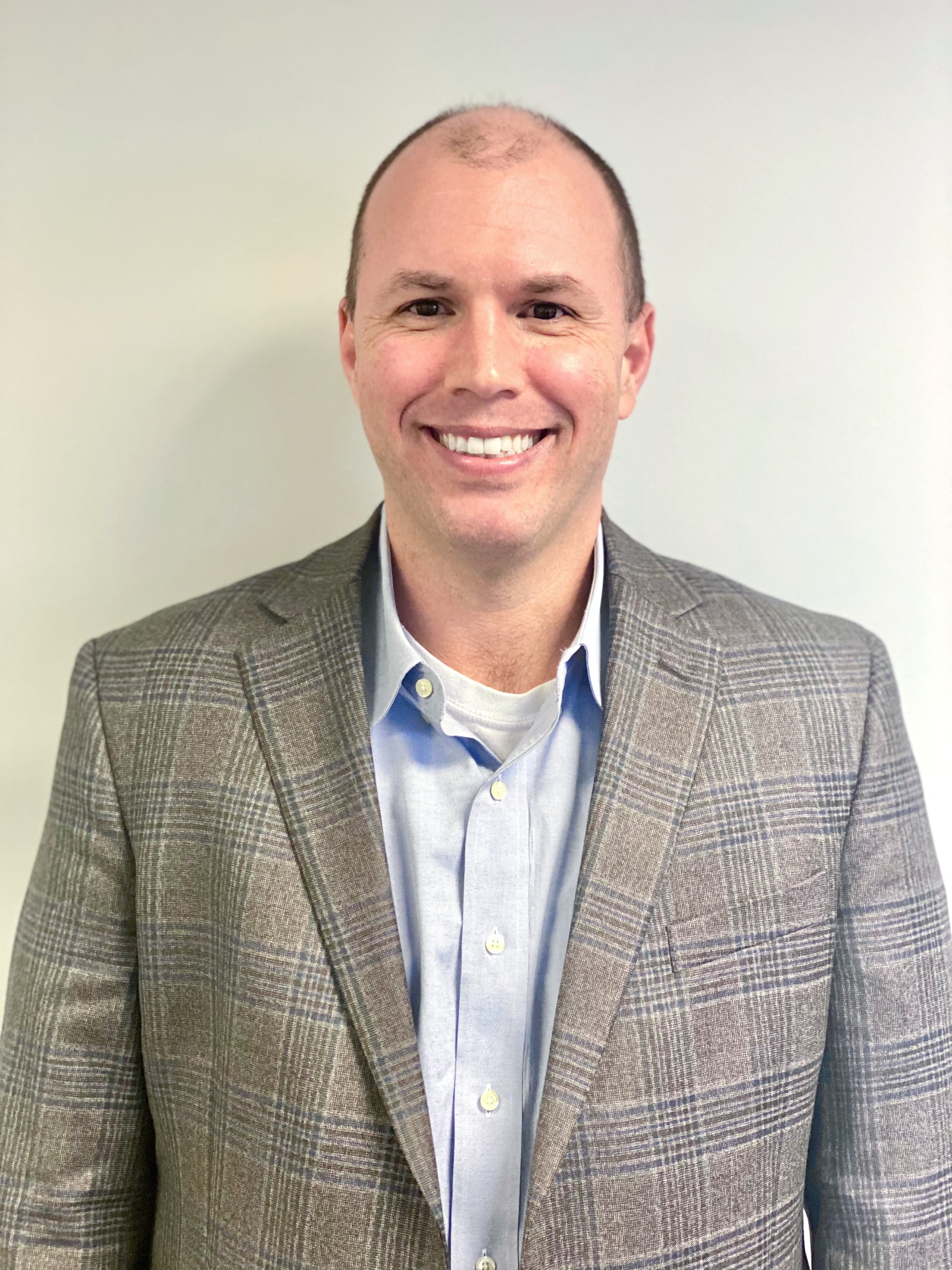As federal agencies mature in the way they use commercial cloud computing services, among the discoveries are new ways of going hybrid, or using government-owned data centers in conjunction with cloud services. Among these discoveries, and a growing use case for hybrid, is designating the cloud as a backup data repository or a disaster recovery (DR) site.
That can be a simpler and less expensive option than a second data center or a physical storage subsystem in another location, according to John Mihoc, the director of innovation and AI, and senior architect at JTEK Data Solutions.
Mihoc said that when contemplating use of cloud backup, agencies must decide how much responsibility for data and applications they want to retain, and how much they want to rely on the cloud.
“Depending on what services in the cloud you’re using, there are different levels of customer responsibility and cloud service provider responsibility,” he said. For example, when choosing a software-as-a-service (SaaS) solution, “the cloud service provider is pretty much responsible for everything, except for your data, and how you use the application. And when you go down the stack [to] Infrastructure as a Service, the customer is more responsible for deploying applications and locking down servers.”
Therefore, a strategy of cloud backup and DR requires agency planners to go through a series of decisions. It starts with inventorying and understanding your workloads. An agency might want to run a given workload in the cloud, or simply keep a copy there in case it’s needed in a DR situation. The decision will likely vary application by application. Other considerations, Mihoc said, include whether the agency will need a multi-instance, load-balancing deployment across regions.
Also to consider: what degree of scalability and availability the agency anticipates needing.
“If it’s something that supports developers, and developers only work nine to five, you’re not worrying about it at eight o’clock at night,” Mihoc said. “If I’m not worried about it at nine o’clock at night, should [the application] even be on? Do I have to pay for it when I’m not using it?”
Data Domain tools from Dell Technologies can help agencies navigate the possible configurations. An example is orchestrating the use of data from legacy applications for which the logic is executed in the data center but the data is backed up in the cloud. The product can also enable deployment in Microsoft or Amazon clouds, VMWare virtual machines now running on premise.
Whatever the particular hybrid setup an agency is running, Mihoc recommends semi-annual testing of DR cutovers from the data center to the cloud, and also of the reverse.
“It’s not a one way street,” he said. “You have to be able to go out to the cloud, spin everything up, test and verify you’re running. Then come back and say, okay, now we can come back, and everything can spin up and run on prem again as well.”
JTEK’s Payman Parastaran, also a senior architect, described case in which the DR/data backup cloud solution all came together.
A medium sized agency “had a specific requirement for providing disaster recovery and continuity of operations. They wanted to leverage the cloud, given that they didn’t have a second DR site, and they didn’t have really the budget, the financial backing to set up a new data center, and invest in new infrastructure,” Parastaran said.
Working in a consulting mode, JTEK helped the agency develop the requirements, which included retiring a tape backup system as well as the ability to verify the agency’s continuity of operations plan worked and would be in compliance with federal standards.
Parastaran said JTEK helped the agency identify the critical applications, virtual machines, and other technical assets such as domain controllers, file and print servers, and databases, that fell into the DR requirement. This is where the aforementioned Dell technology let the IT staff replicate those assets in the cloud.
He noted the importance of selecting only the assets really needed in the cloud, and the importance of deduping data before replicating it in the cloud, in order to avoid excessive in-and-out charges. For efficiency, each backup and recovery image is tweaked for the specific recovery time objective needed.
The end result, he said, is “if you did have a true disaster, where your data center went up in flames, you can recover operations run in the cloud. And the way we did it for this customer, we made sure that their users can connect into the cloud and still access their applications in the case of a disaster.” Parastaran added, “Once the disaster is over, it’s also simple, essentially one or two clicks, to come back to the on premise data center.”
Do a full life DR test, not just when you deploy, but semi annually, so you keep up with it. So you're doing a full DR. cutover, spinning up in the cloud, once or twice a year. And then, also returning your running state back to your on prem systems, because it's not, it's not a one way street.”
John Mihoc
Director of Innovation and Senior Architect, JTEK Data Solutions
“If you did have a true disaster, where your data center went up in flames, you can recover operations run in the cloud. And the way we did it for this customer, we made sure that their users can connect into the cloud and still access their applications.”
Payman Parastaran
Director of Innovation, JTEK Data Solutions
Listen to the full show:
Copyright
© 2025 Federal News Network. All rights reserved. This website is not intended for users located within the European Economic Area.











